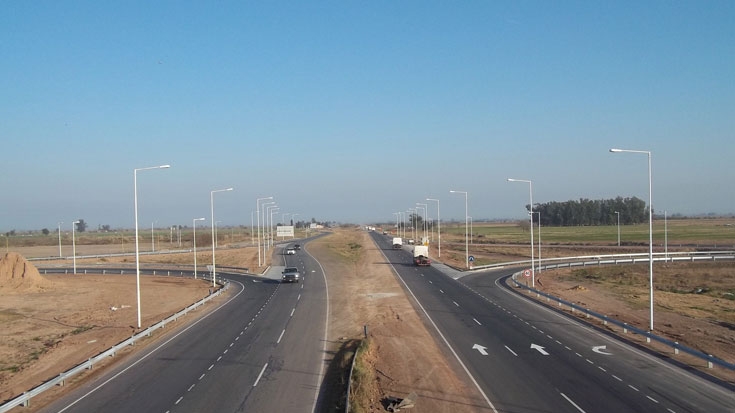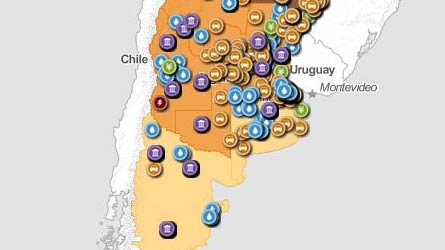Challenge
In 2006, the Province of Santa Fe accounted for 42% of Argentina’s total agro industrial exports, which constituted one of the key drivers of Argentina’s economic recovery after the 2001-2002 economic crises. The Province of Santa Fe is strategically located in the center region of the country, at the heart of many of the major transport arteries connecting with key regional partners such as Chile and Brazil. National Road 19, specifically, constitutes part of a bi-oceanic integration corridor linking the economies of Mercosur with Chile, being one of the key axes of integration identified by IIRSA. Traffic levels on NR19 increased by 40% between 2003 and 2006, as a result of the booming economic growth and increased agricultural exports; however, limited capacity of this strategic corridor imposed a clear infrastructure bottleneck to growing transportation flows.
Solution
The Project financed the upgrading of 130 km. of NR19, between the town of Santo Tomé in the Province of Santa Fe and the border of the Province of Cordoba, from a two-lane to a four-lane highway with separate two lane carriageways in each traffic direction to expand the capacity and road safety of this heavily traveled corridor. Additionally, the Project provided institutional support to the Province of Santa Fe to: (i) pilot road safety interventions in strategic locations; (ii) identify transport infrastructure and trade facilitation constraints by setting up a system to measure logistics costs; (iii) reinforce the Province’s strategic and territorial planning capacity; (iv) strengthen the provincial capacity to assess and manage environmental and social impacts of large civil works; and (v) create provincial capacity to monitor and evaluate large infrastructure projects.


